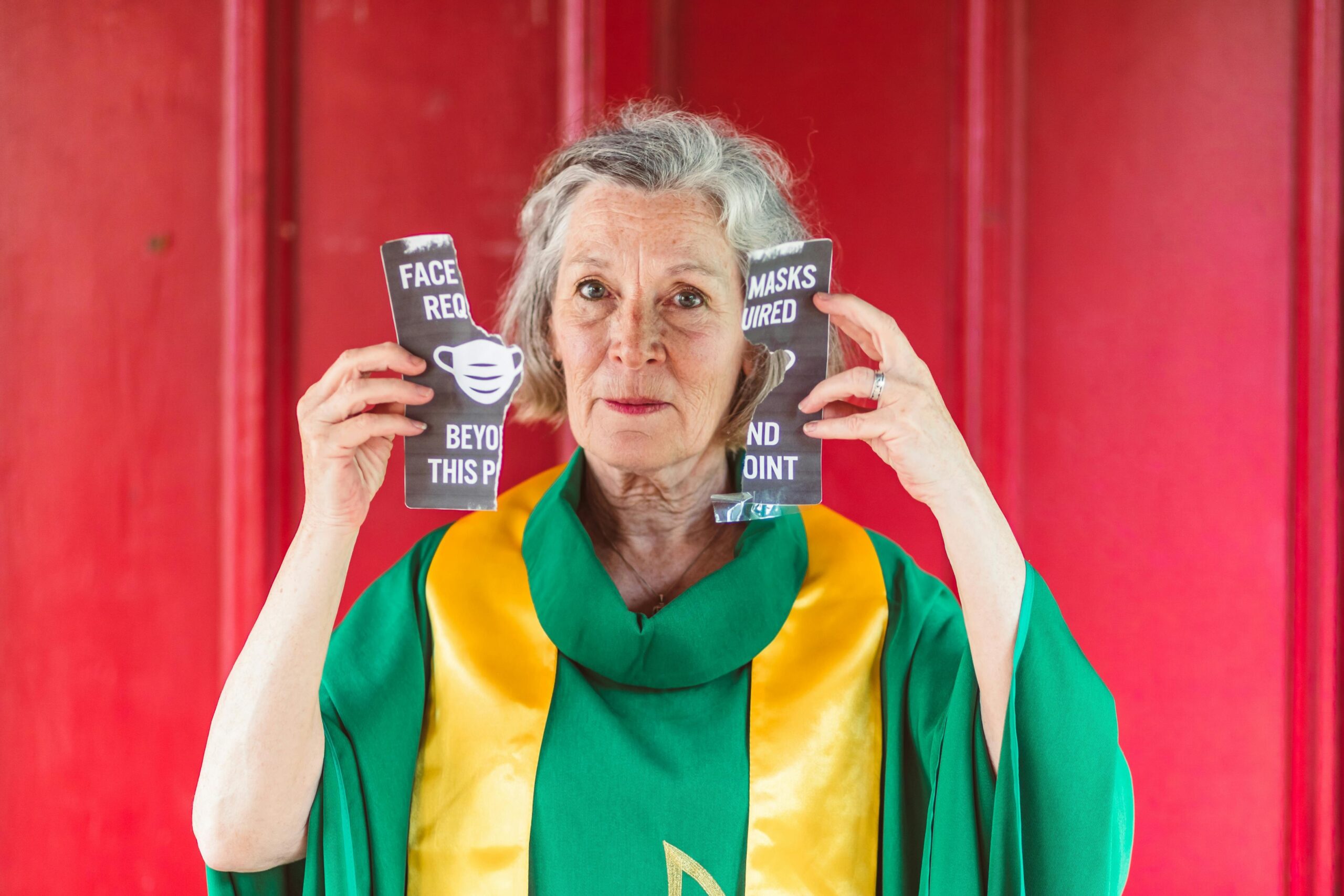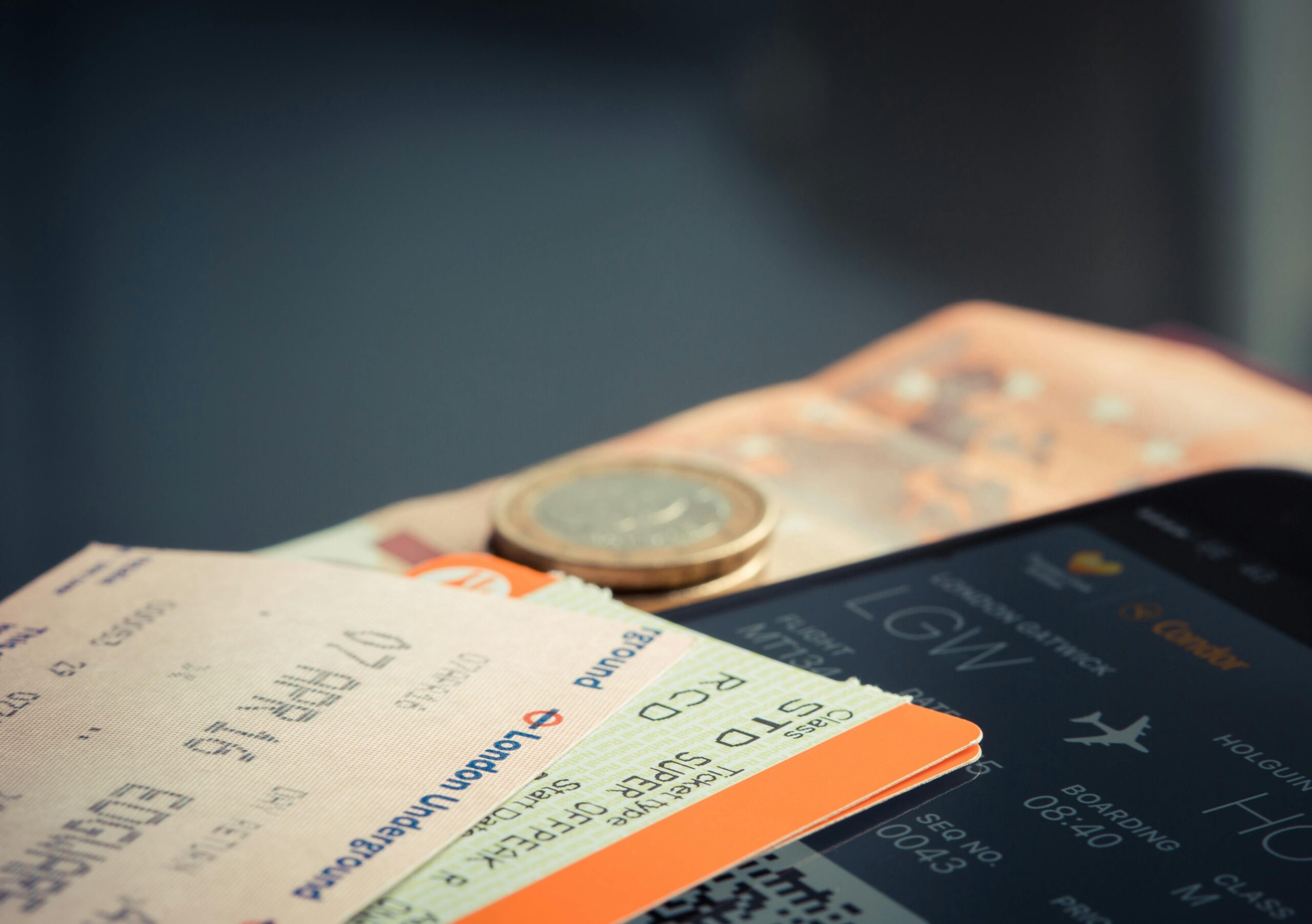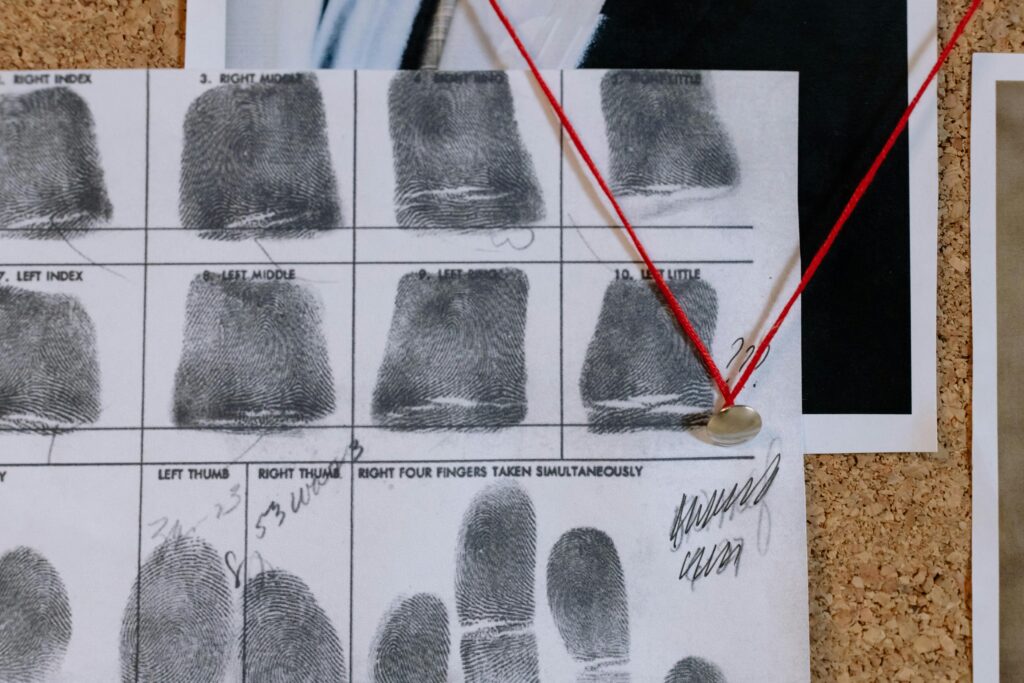Ever shared your travel plans on social media without thinking twice? Yeah, most of us do it all the time. But did you know that oversharing your travel itinerary could leave you exposed to serious risks—like kidnap and ransom threats? Sounds like something out of a spy movie, right? Yet, for travelers, adventurers, or even digital nomads who frequent high-risk areas, this is a very real concern.
In this post, we’ll explore how smart travel itinerary sharing practices can help mitigate personal safety risks while ensuring compliance with your kidnap and ransom insurance policy. You’ll learn about the dangers of oversharing, actionable steps to protect yourself, and tips to strike the perfect balance between visibility and security. Let’s dive in!
Jump To:
Key Takeaways
- Oversharing your travel itinerary online increases vulnerability to criminal activity.
- Kidnap and ransom insurance often requires discretion when disclosing travel details.
- Using encrypted messaging apps and trusted contacts helps safeguard your plans.
The Risks of Oversharing Your Travel Itinerary
I once posted my entire two-week Europe trip schedule on Instagram stories because #excitedtoexplore. Big mistake. A week later, someone tried breaking into my apartment back home—not cool. Turns out, posting every detail of where I’d be gave criminals an easy opportunity. This experience taught me (the hard way) why being cautious matters.
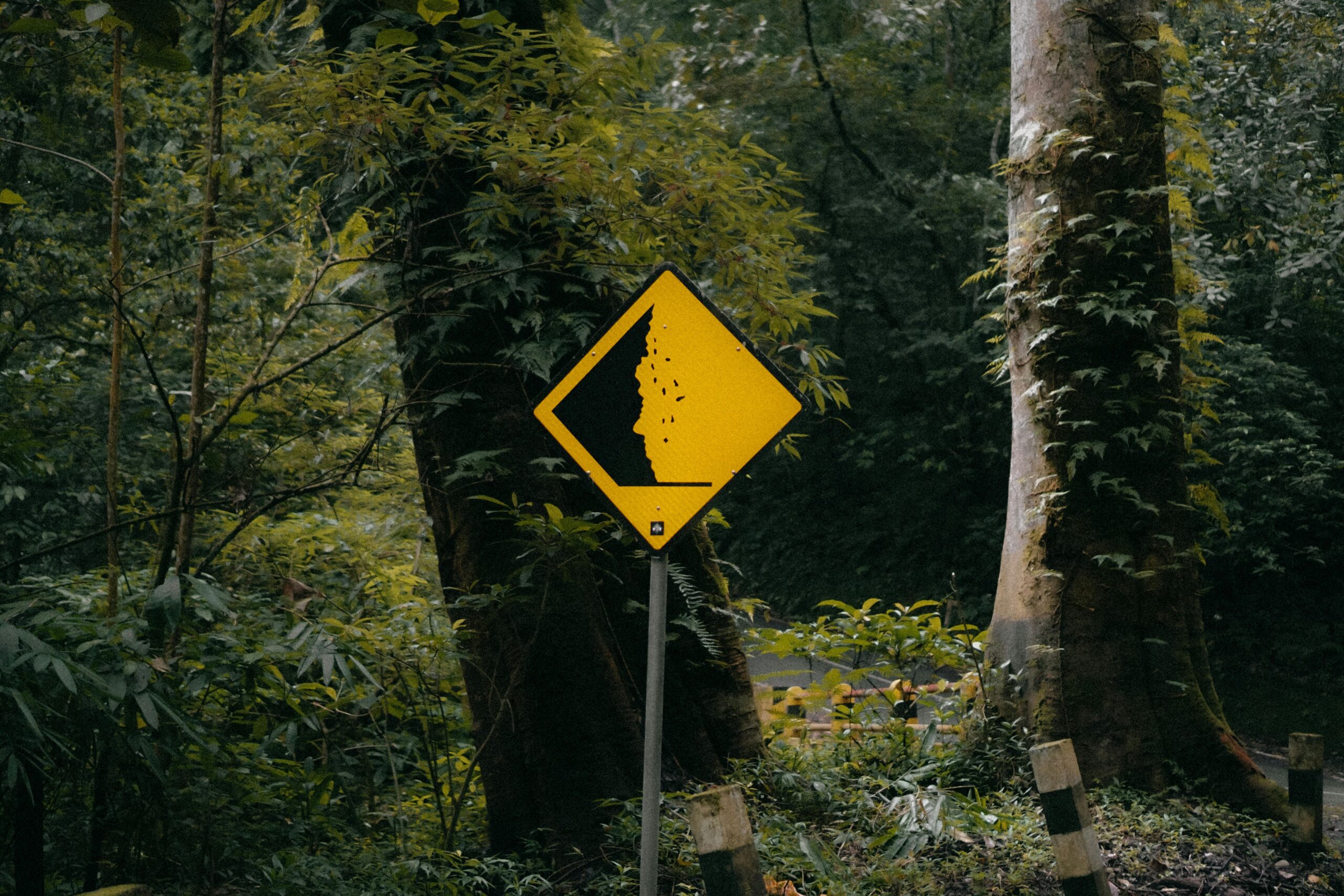
When it comes to kidnap and ransom insurance, carriers often specify limits on public disclosures of your whereabouts. If they find evidence of reckless behavior—like broadcasting your location—they may deny claims. So, before hitting “Post,” think twice: who really needs to see this?
Step-by-Step Guide to Secure Travel Itinerary Sharing
Optimist You: “I just want to let my friends know I’m safe!”
Grumpy You: “Fine—but only if you follow these guidelines first.”
- Use Encrypted Messaging Apps: Platforms like Signal ensure your messages remain private. Share critical information only with close family members or colleagues.
- Create a Trusted Contact List: Limit itinerary access to those who truly need it. Think less “everyone” and more “mom and best friend.”
- Avoid Geo-Tagging Locations: Those pretty sunset photos from Bali are great, but avoid tagging exact locations unless necessary.
- Delay Real-Time Updates: Post your adventures after returning home instead of live-streaming them. Criminals can act fast; don’t give them openings.
Best Practices for Safe Travel Planning
While no one wants to feel paranoid while traveling, adopting preventative measures ensures peace of mind. Here are some top-notch strategies:
| Practice | Description |
|---|---|
| Share Sparingly | Keep posts vague enough to protect your privacy but specific enough for emergency responders to understand. |
| Review Privacy Settings | Double-check platform settings to ensure only approved connections see sensitive posts. |
| Invest in Reliable Tools | Apps like Google Maps Offline Mode or WhatsApp’s end-to-end encryption provide added layers of safety. |
Note: Avoid using GPS tracking devices publicly—they’re convenient until they fall into the wrong hands.
Real-Life Examples: When Sharing Goes Wrong
Remember when that influencer couple vanished during their Southeast Asia tour? Their detailed daily updates made them easy targets for local gangs. Unfortunately, cases like these highlight the dark side of excessive transparency. On the flip side, many savvy travelers have avoided similar fates by following secure sharing protocols.
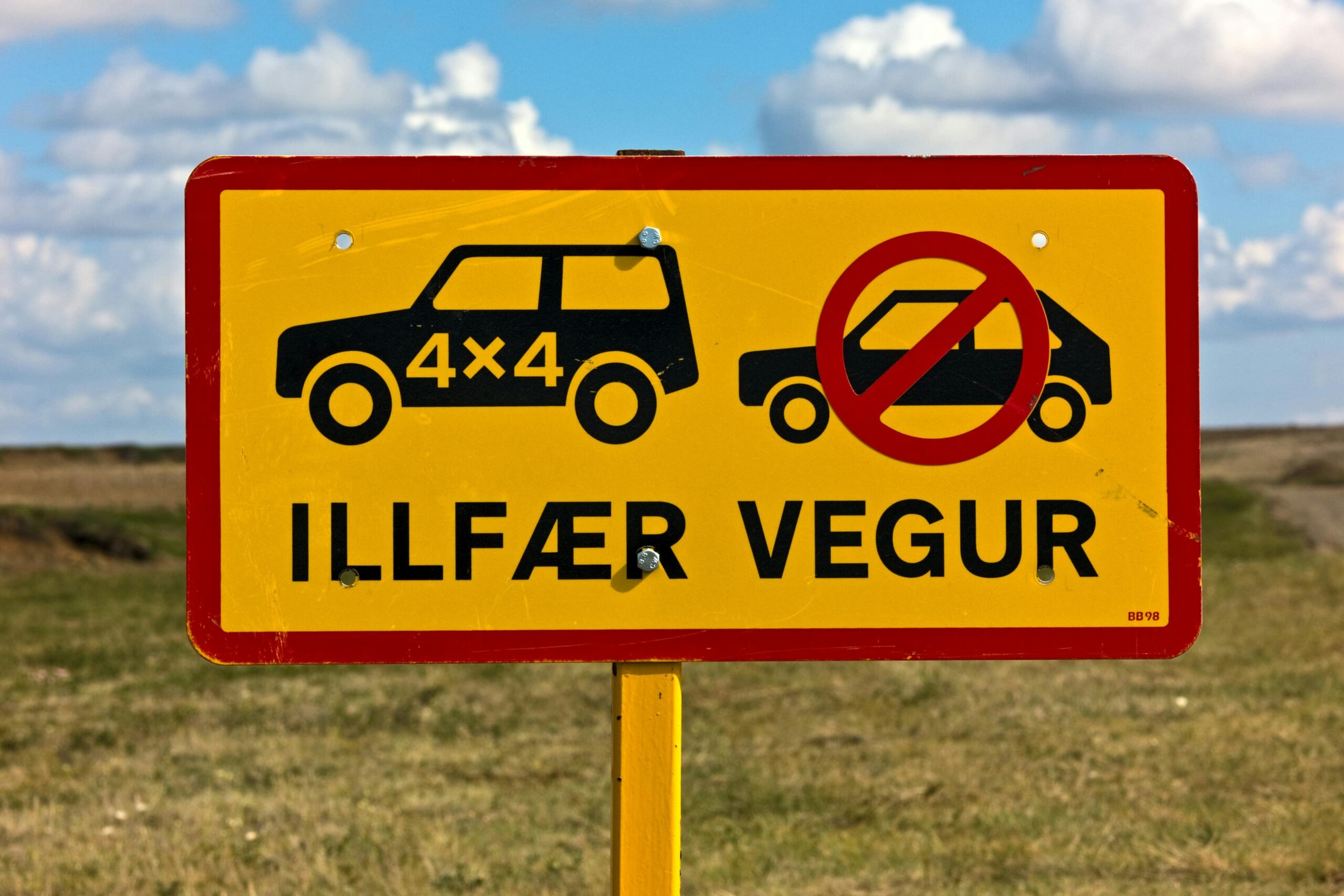
FAQs About Travel Itinerary Sharing and Kidnap Insurance
- Does my insurer care about social media activity?
Yes, policies often include clauses discouraging reckless behavior, including blatant oversharing. - What happens if I ignore secure sharing advice?
You might void your coverage, leaving you unprotected in emergencies. - Can kidnap insurance complement other types of coverages?
Absolutely! Bundling policies offers comprehensive protection tailored to your lifestyle.
Conclusion
To recap, securely managing your travel itinerary sharing isn’t just smart—it’s essential. From understanding risks to implementing safeguards, there’s plenty you can do to stay protected. Remember: Would you rather share everything now or risk losing everything later? Choose wisely.
Like a Tamagotchi, your online presence—and personal safety—demands daily attention. Happy travels!
